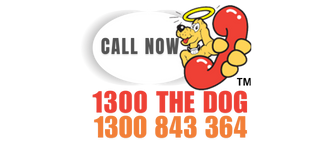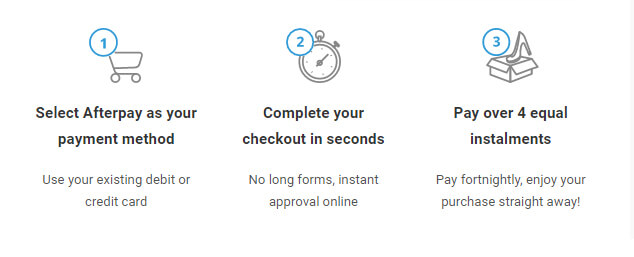SAME DAY SHIPPING!
Hurry offer expires in
Training Flags are some of the most underrated training tools when it comes to dog containment. We discuss how these are used and all the necessary details to ensure its effectiveness.
Training Flags for Dog Fences and Containment
 All our Dog Fence Kits come with an initial set of Training Flags with them. If you have a larger property or if you want your dog to simply see more flags so they can immediately recognize them, additional flags are recommended.
All our Dog Fence Kits come with an initial set of Training Flags with them. If you have a larger property or if you want your dog to simply see more flags so they can immediately recognize them, additional flags are recommended.
It doesn’t matter whether you have a physical fence or not, Training Flags will help aid in training your dog to learn and respect the Dog Fence Boundary. Read below and find out why these training aids are some of the most underrated tools out there.
Containing dogs with the aid of Training Flags
Once your Electric Dog Fence’s boundary has been set up around your property, training flags are placed where the wires are to give the dog visual cues of where the boundary is. With correct training, your dog won’t even come near the flags and your boundary.
Flexibility of Dog Fence Boundary using Training Flags
Eventually, your dog will stop walking near the training flags because it has associated it with the boundary and the threat of a correction. Now that you’ve established this, the flexibility of the flags starts to come in.

Once your dog understands what the flag means, you can start placing flags in areas where your boundary is not. Some owners have reported adding flags around garden beds or plants and their dog added that area to them do not come near the list.
Electric Dog Fences and Training Flags
If you want to ensure your dog’s safety from escaping and chasing kangaroos, a traditional dog fence may not be enough. Dogs are very smart and they can find gaps they can fit through, they can dig under the fence or jump over it. They’re very clever creatures which are part of the reason why we love them.
An Electronic Dog Fence is one of the most effective containment solutions to ensure your dog does not escape your property and put itself in danger. The Grounds Keeper Electric Dog Fence is one of the most technologically advanced kits out in the market today. It also includes top-shelf warranties which make it a very worthy investment.
Here for you and your dog,
Colin Seal
 The Dogline
The Dogline













